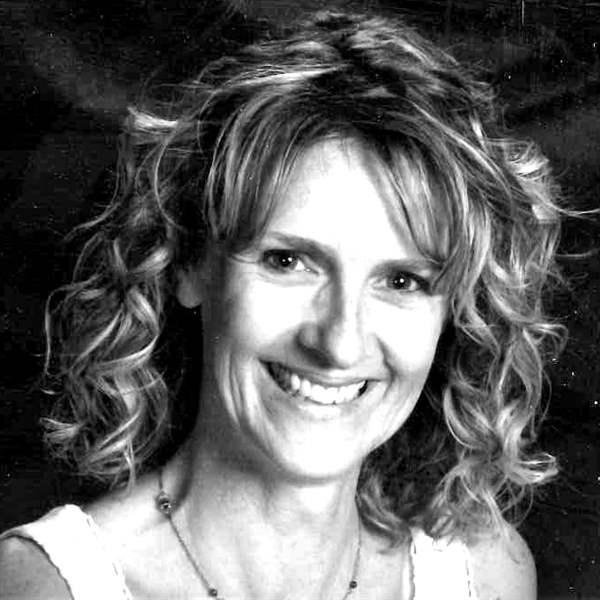
Mac is president of Flights for Life (FFL), a group of roughly 140 pilots who donate their time, airplanes, and fuel to transport blood around the state. They haul it in to the Scottsdale and Tempe labs from blood drives outside the Phoenix area. They also take the processed blood out of Phoenix to outlying hospitals when it is ready for the patients who need it.
This is no small effort. UBS operates six fixed-site donor centers and about 12 mobile blood drives every day across Arizona. In a state that stretches 400 miles north to south and more than 300 miles east to west, FFL can cover these vast distances in a fraction of the time it would take a driver, quickly getting blood to where it is needed at no cost to UBS. On the day I accompany him, Mac is scheduled to fly three missions: two deliveries and one pickup. It would take two or three drivers the full day to accomplish what Mac will do in about three flight hours.
We land in Flagstaff, and Mac leaves the box of platelets on a wooden bench at the FBO, where a courier will pick it up and take it to the hospital. From Flagstaff, we fly to Show Low to deliver the second box to a waiting driver, and then to St. Johns near the New Mexico border, where we pick up five boxes destined for a Phoenix-area lab from a just-completed blood drive.
Last year, FFL pilots flew a total of 1,884 boxes of blood on 1,039 missions.
Most of those missions are scheduled in advance, but not all. In Show Low, Mac’s phone buzzes with a text: UBS urgently needs to get a blood product to the town of Payson. Can an FFL pilot make the trip immediately? These unscheduled flights pop up every few days. The first pilot to respond gets the flight; if no one responds, UBS dispatches a driver.
 One of McClure’s most memorable flights was one of these urgent missions. On that trip, he was met at the destination airport not by the regular courier but by two people in scrubs, one of whom was wringing her hands. Mac says his prop had barely stopped turning when she ran up and grabbed the box, thanked him, then darted away. That moment, he says, really drove home the importance of what Flights for Life is doing. “I’ve done every type of volunteer work you can name,” he says, “and nothing is as fulfilling as this work because I know I’m saving lives.”
One of McClure’s most memorable flights was one of these urgent missions. On that trip, he was met at the destination airport not by the regular courier but by two people in scrubs, one of whom was wringing her hands. Mac says his prop had barely stopped turning when she ran up and grabbed the box, thanked him, then darted away. That moment, he says, really drove home the importance of what Flights for Life is doing. “I’ve done every type of volunteer work you can name,” he says, “and nothing is as fulfilling as this work because I know I’m saving lives.”
The effort has had such an impact that other states have begun to take notice. UBS regional blood centers serve more than 500 hospitals in 18 states, but no state outside Arizona is supported by an organization like FFL. That may soon change. Mac has been approached by folks in Idaho, New Mexico, Nevada, Colorado, Utah, and several other states for his recommendations on rallying local pilots to create a state-level FFL. He foresees a day when many states are able to move lifesaving blood via a network of volunteer pilots who want to use their airplanes for more than punching holes in the sky or traveling to the $500 hamburger.
We land uneventfully back in Mesa and give the waiting UBS driver the five boxes of whole blood from St. Johns. Within the hour, the blood will be at the UBS labs to begin processing. It’s all just a routine day in the life of an FFL pilot. Only, it isn’t routine at all. Not when you stop and consider the people on the receiving end of this work—people like Scott Tipton, a former police officer who received 27 units of uncommon O-negative blood after being shot seven times while handling a domestic dispute call. This happened 14 years ago. Tipton, who now serves as constable in Show Low, still gets overwhelmed with gratitude when he talks about the donors who provided him with lifesaving blood—and Flights for Life, which got it to where he needed it.
Or people like 3-year-old Avari Askew, who is intelligent, polite, and sports a smile that could light up a small city. Avari, who met us in Flagstaff, has Diamond Blackfan anemia, a rare disorder that prevents her body from producing red blood cells. In her three short years she has had 30 transfusions, and will continue to require them every four to six weeks for as long as doctors can foresee.
Still, for the moment we are there, Avari is just a typical 3-year-old girl, content to pose for a few pictures and eager to pet the black cat roaming the FBO. She is also captivated by the airplanes, and Mac promises her a ride on his next visit. When we part ways—Avari to head home and Mac and I to the ramp—he turns and points in the little girl’s direction. “That right there,” he says, his voice heavy with emotion. “Right there. That’s why I do this.”



